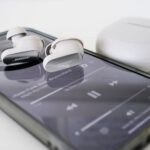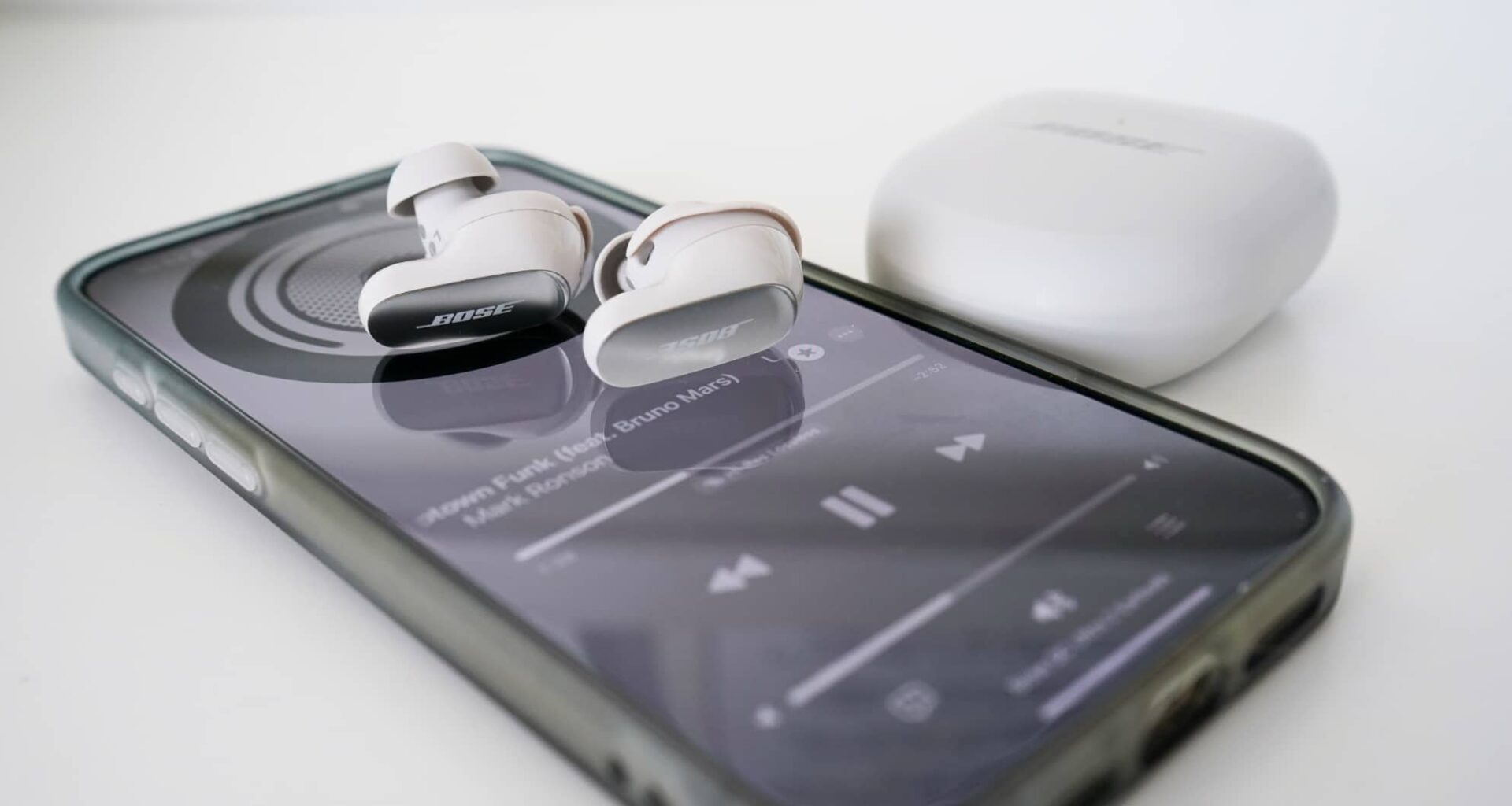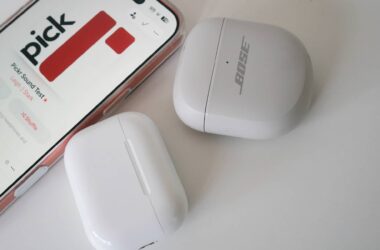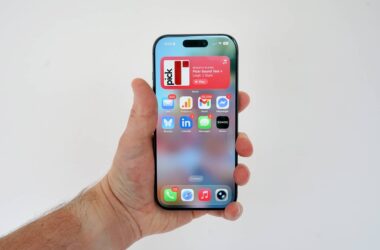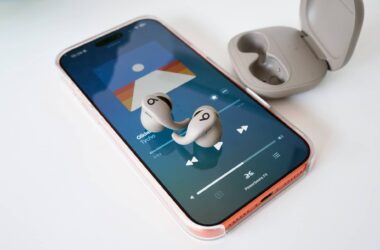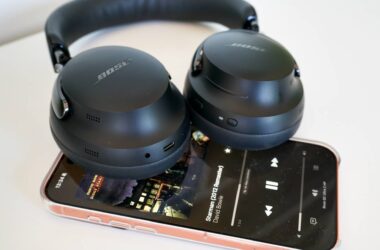Quick review
The good
The not-so-good
While it might not seem like much has changed, the Bose QuietComfort Ultra Earbuds 2nd-gen are best in class in nearly every way. They may be the best earbuds around.
Noise cancelling earphones can be found nearly everywhere, and available at a variety of price points, but there are definite and differences between what’s out there. A technology largely pioneered by Bose, it seems that everyone has a variation of it, and some are clearly better than others.
The more you pay, the greater your chances are for blocking out more of the world in a technology initially designed for flight, but has expanded to cover more “noise”.
Noise can be anything. It can be the background hum of an aircraft, or it can be the drone of a train, the choir of human traffic, and even individual sounds of people talking and children screaming. Noise can be anything, and it can impact our headspace, disrupting our attention and sense of calm.
That’s exactly where noise cancelling earphones and headphones come in, and the newest technologies tend to do the best job in dealing with sound.
In fact, this year sees Bose celebrate 25 years of its QuietComfort noise cancelling line having first launched in 2000, so it makes sense we’re seeing a new generation.
With the Bose QuietComfort Ultra 2nd-gen, we’re not only seeing what 25 years of research looks like, but among the best noise cancelling earbuds yet.

Design and features
It may well have been a couple of years since Bose released the first QuietComfort Ultra, but the latest generation doesn’t skip a beat and basically picks up from the original, largely leaving most of the design and features in tact. Almost entirely so.
The look is literally the same in the Ultra Earbuds 2nd-gen, with an elongated bud holding microphones and a touch panel, basically fattening up the stem design and making them something for Bose specifically.
This design is more or less identical, and the hardware is familiar, too. There’s a 9.3mm driver inside with four microphones in each earbud, plus some processing and Bluetooth tech to handle the audio and transmission.
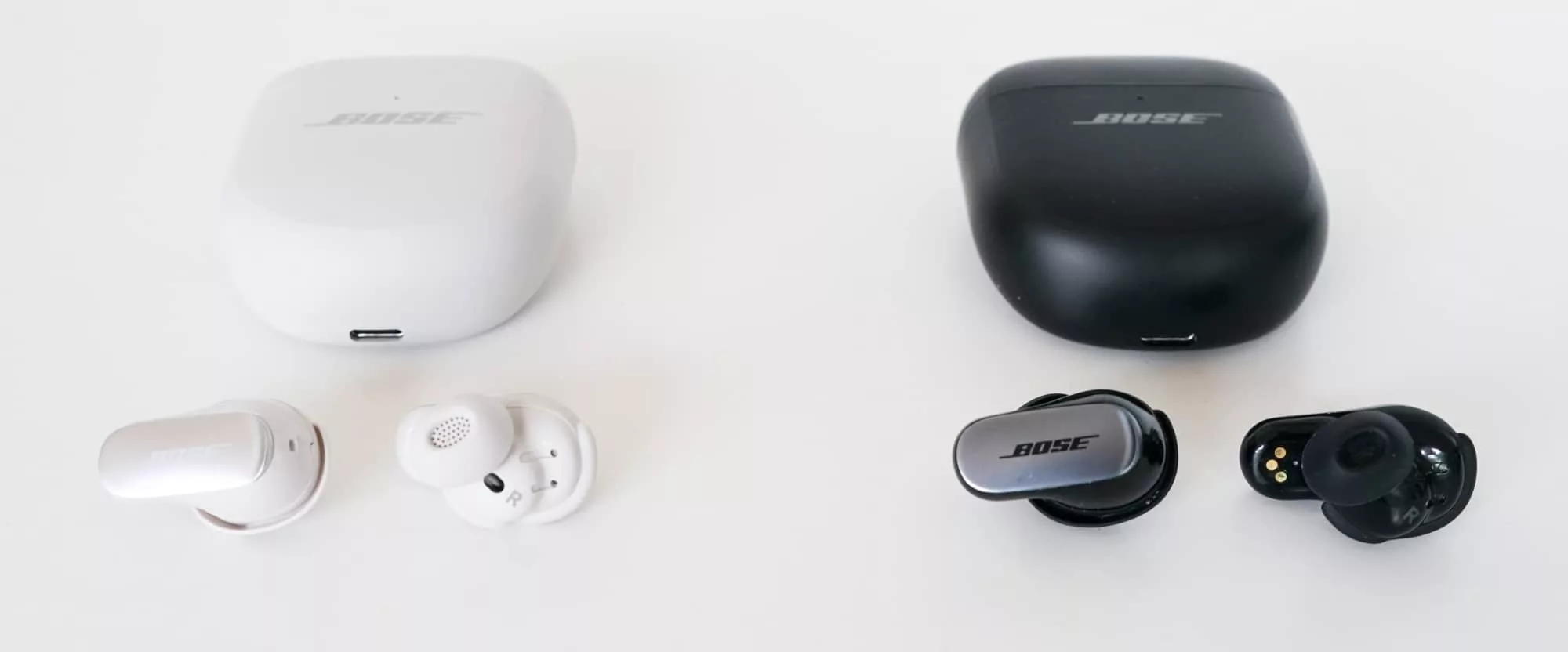
Most of the changes are on the processing side of things, designed to process noise so that it’s a little more invisible and better balanced and blended.
Aesthetically, though, these earbuds look just like their predecessors. We have the much lighter “white smoke” colour instead of just simply “black” this time, so at least we can tell the difference.
In-use
The controls haven’t changed, either, with a touch panel on either side allowing swipes and taps and touches, and even a bit of customisation, as well.
Bose’s app is likely to be your friend throughout this, providing a quick way to add custom modes and cycle through them, while also allowing you to dial in how much noise cancellation you want.
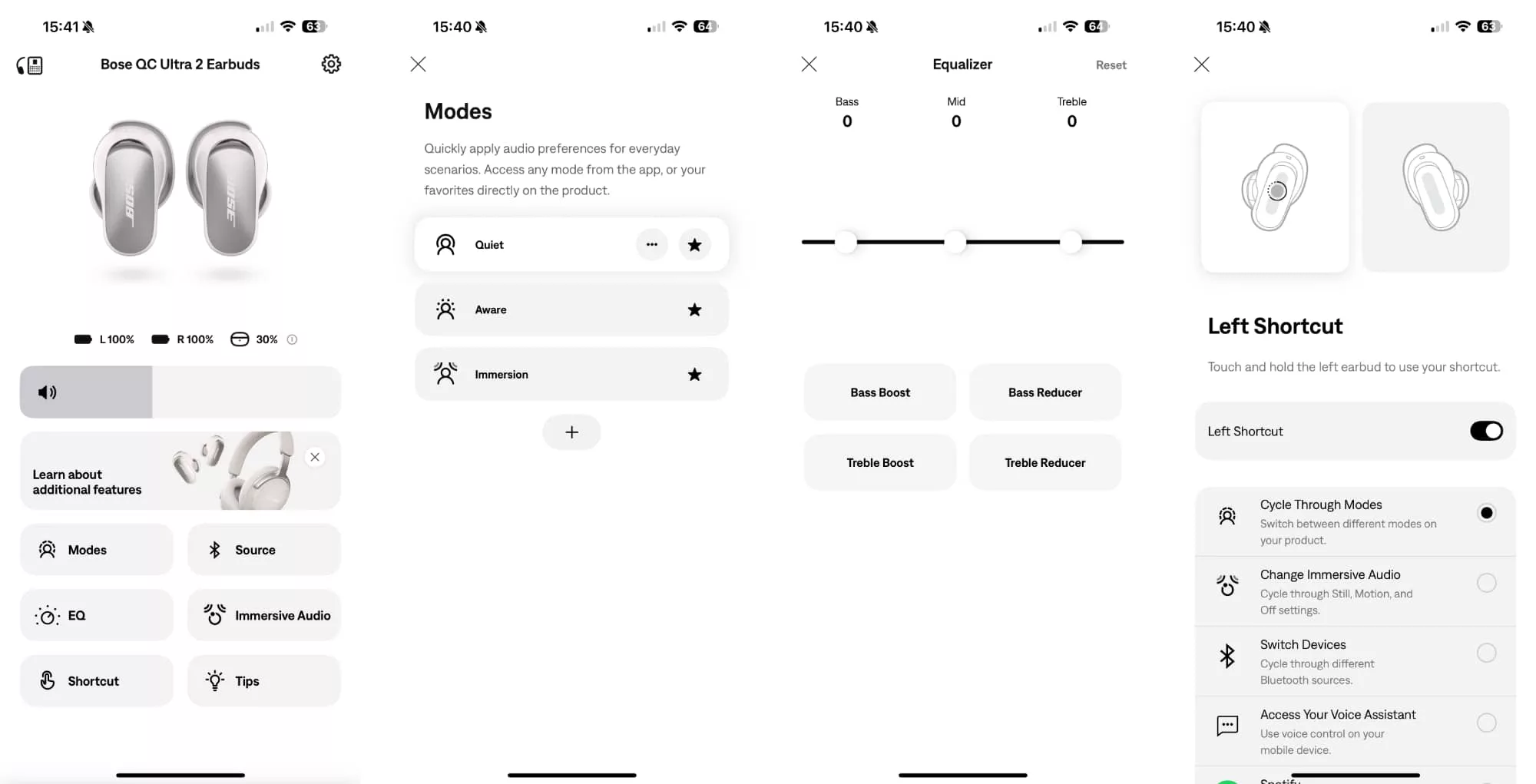
Swiping up and down to control sound is easier enough, though at times feels more like you’re actually swiping back and forth, with track changes a double (forward) or triple (backward) tap away. A single tap pauses and plays. It’s all pretty standard for Bluetooth earphones, or earbuds, which is what Bose calls these.
They fit in the ears mostly, or ever so slightly in them, ear earphone tips that are comfortable to wear and held in place by stability bands you can take off and match to your ears. Three pairs of tips and three pairs of bands are found in the box, covering small, medium, and large sizes, and we found they’re easy to adapt to.
In fact, the Bose QuietComfort Ultra Earbuds 2nd-gen are as comfy as their predecessors, meaning we can just leave them in place for hours and get stuck in with our sound.

Performance
Before you get stuck in, it’s worth pointing out that Bose’s earbuds actually use a start-up sound to measure your ears. The technology is a little like what Nura used in its earbuds, but done with a little more speed and automatically.
Called “CustomTune”, it’s a sound test married to algorithms that give you a delivery made to make the sound a little better. You’ll hear it with a strum of strings, and shortly after, the system is ready to go with a profile made for your ears.
It also means that the standard signature is kind of already tweaked to sound as best as possible for your ears. That means there’s no “neutral” sound beyond what’s been matched for your ears.
This may not matter in the long run, and the app offers an equaliser (EQ) to let you get around this, but it does mean a standard sound may be specific to your ears.
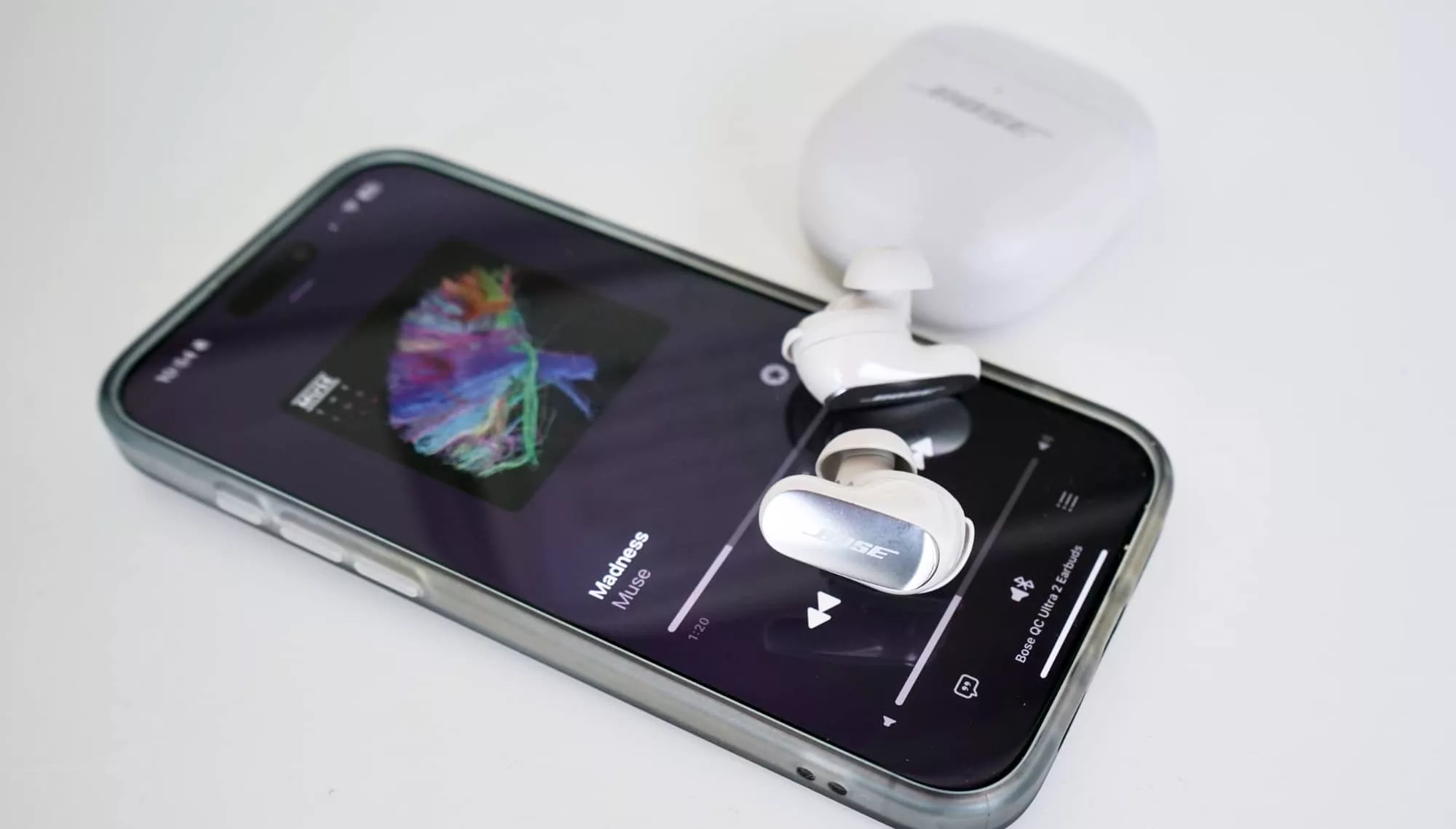
Testing with the Pickr Sound Test (which you can always listen to for yourself), we get stuck into electronica, where the sounds of Tycho and Daft Punk deliver solid balance and a reasonable heft on the bass.
The vibe is a little warmer than simply being balanced, with great mids, great highs, and a more rounded bottom end. You just want to love the punch from the bass, which doesn’t hit too hard, but rather just enough.
You’ll find that in most forms of music: Marvin Gaye’s “Ain’t No Mountain” saw a lovely warm sound that was marginally less impactful, especially in comparison to the strong contrast of the well-tuned bass in Charlie Puth’s “Done For Me” and the earthy lows in FKA Twigs” Two Weeks”.
The warmth is clear: it’s just that little bit more rounded than the standard balance you might be looking for, and more like a solid speaker.
There’s a bit of personality and a lot of well-rounded sound. Across rock and jazz and classical and practically anything else throw its way, the Bose QuietComfort Ultra Earbuds 2 seem to handle it with grace and dignity.
It’s a little like “Goldilocks and the Three Bears”, or maybe “Goldilocks and the Three Basses”, because this one in the Bose QC Ultra Earbuds 2 is just right. These are excellent.
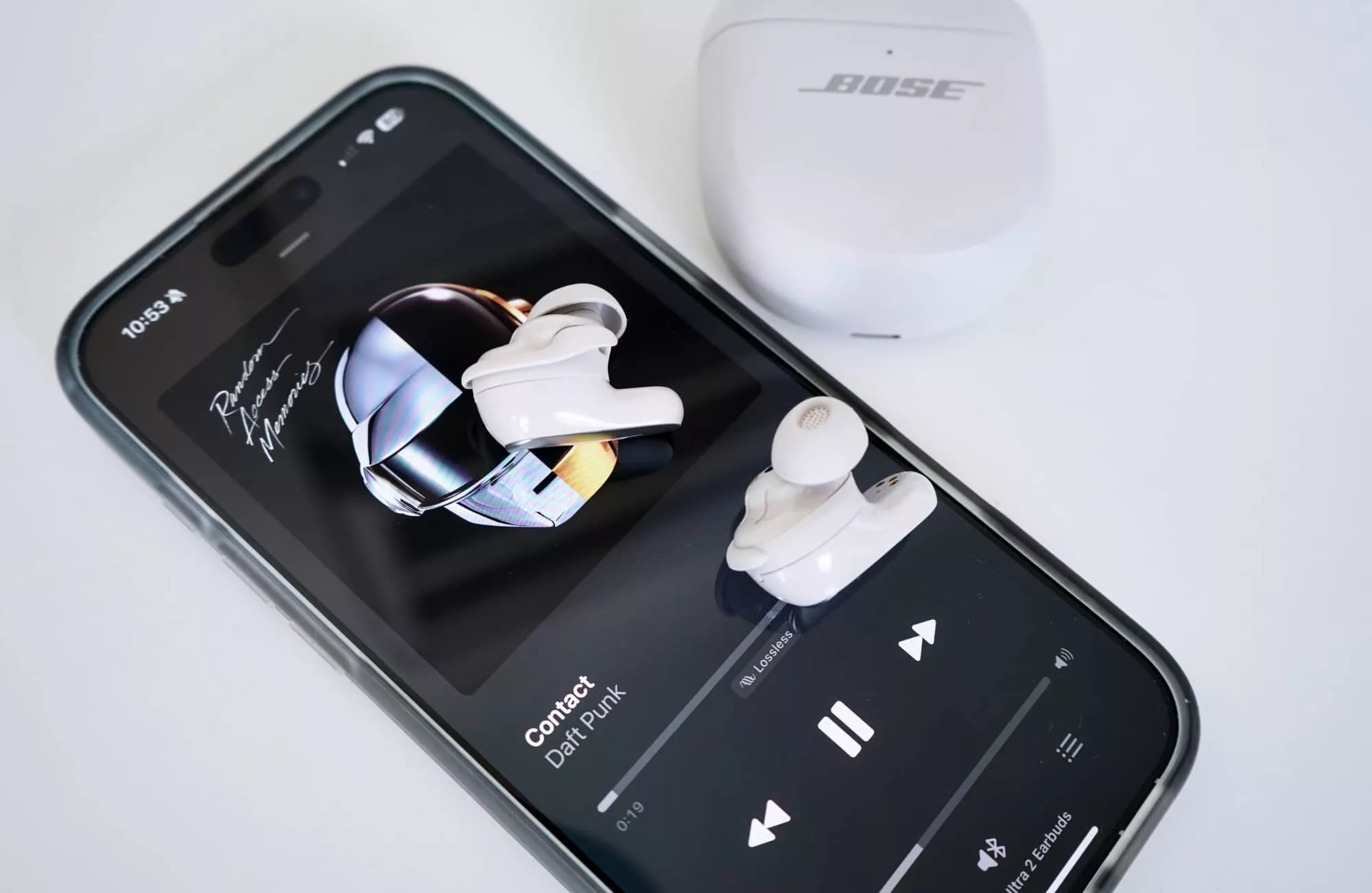
Noise cancellation
Alongside that excellent sound is equally excellent active noise cancellation, where the outside world just drifts away, fading into the periphery.
The moment the Bose sound test kicks in for each ear, you’ll find the noise cancellation switches on, and it is good. Really good.
It was already pretty stellar to begin with in the Ultra first-gen, but the noise cancellation is slightly better again in generation two.
A little bit of AI is going a long way here, with algorithms improving the “ActiveSense” cancellation to deal with spikes in sound. Simply put, louder sounds — such as a siren or a loud motorbike driving by — are dealt with in real-time, balancing the cancellation so that the sounds are restrained.
That’s the idea, and it’s also the reality. Walking along busy roads and dealing with the sounds of vehicles, a type of sound that doesn’t always fare well with ANC headphones, saw these sounds quelled nicely.
Even without music being played, the Bose QC Ultra Earbuds 2nd-gen turned the world quiet. It’s like being in a library, but outside. You’ve probably been in noisier libraries.
That’s what you get on Bose’s “Quiet” mode, which brings the cancellation to the highest levels. You can tweak that with custom modes, controlling the ANC with one of ten levels on noise suppression and control. It needs to be handled inside of a mode, one that comes with preset names, but you can test the cancellation as you set it up, so you’re not working completely blind.
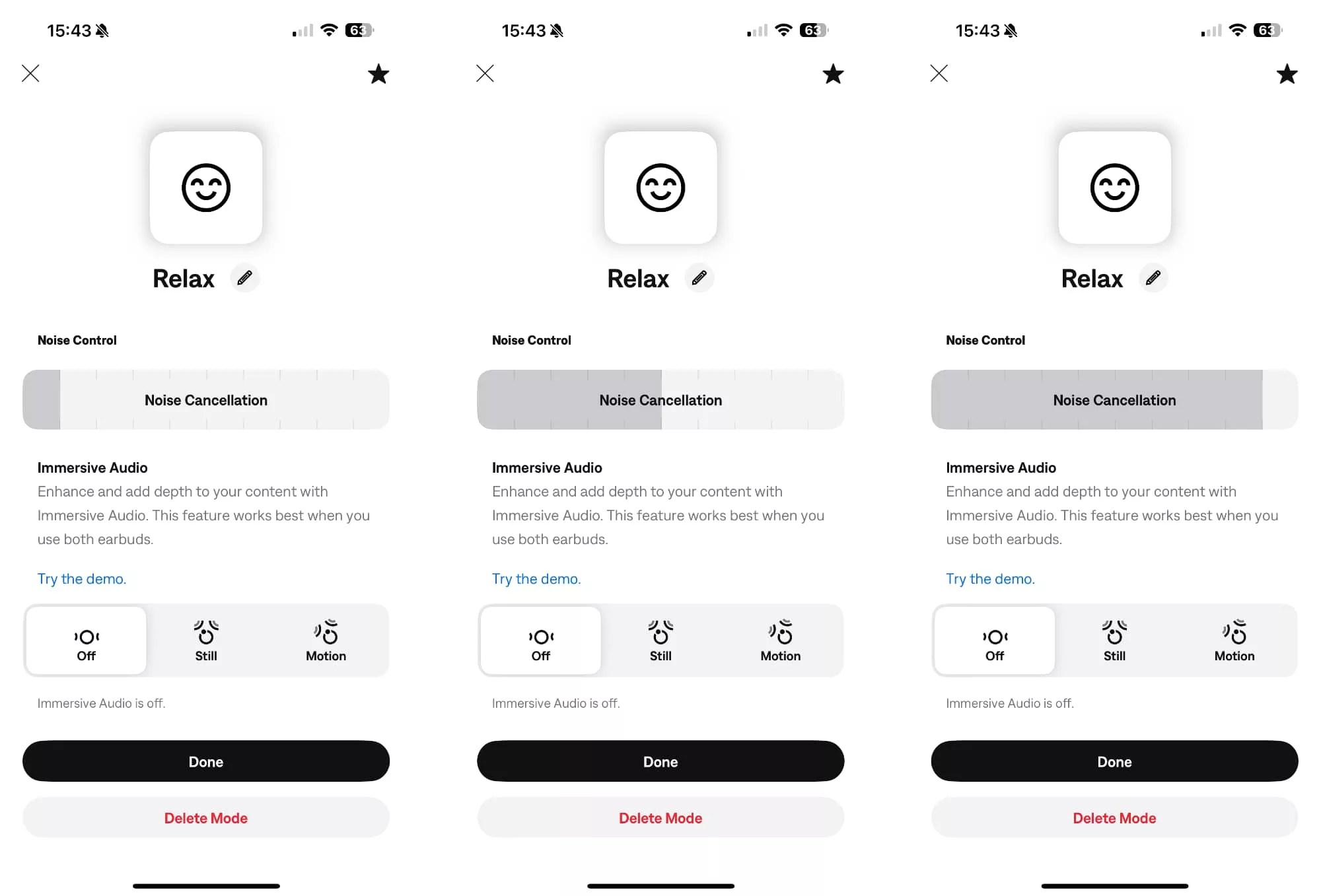
Spatial audio
Alongside the solid noise cancellation is a capable variation of spatial audio that attempts to deliver the 3D head tracked sound to any device and every service. It’s a bit of a cheat (as it was on the first generation), using the stereo sound to simulate 3D sound, and then tracking your head’s position in space to emulate that directional sound.
That’s distinct from using an actual 3D sound, like how Dolby Atmos works with AirPods Pro on an iPhone. Bose isn’t doing that; this is emulated.
But it’s an experience that also works on every device and music platform. It doesn’t need an iPhone and Apple Music; Bose’s spatial audio works on Spotify and YouTube regardless of whether you’re on iPhone or Android. It’s a platform agnostic variation of spatial audio, much like what we experienced on the Nothing Headphones (1).
Bose’s version is better than what Nothing achieved, and on the second generation QC Ultra Earbuds, it feels tighter again.
You’ll still have two variations — “still” and “motion” — but both sound a little better overall. In fact, the motion option which moves with you in real-time manages to feel more balanced in version two. It’s just that little bit better, which is enough.
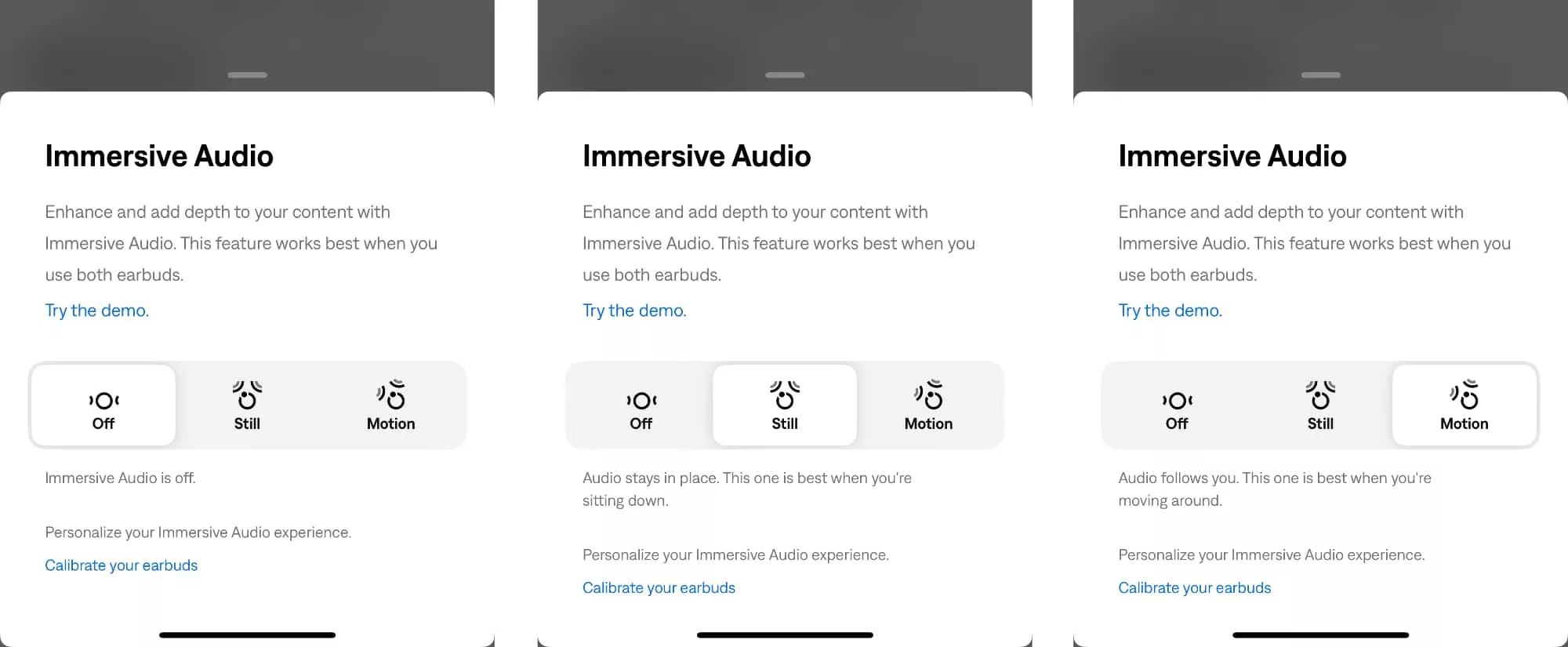
Battery
A slight change to all the features of the sound could make up for one area that hasn’t changed: the battery. Bose hasn’t really made any changes here.
That means you’ll get up to 6 hours of life when using stereo and up to 4 when using spatial audio with head tracking.
An extra three charges max in the case means there’s a total of between 16 and 24 hours, which was the norm back in 2023, but feels like it could be improved today.
The one big change is in the case: Bose now includes wireless charging in the box. Qi wireless charging isn’t a new thing, but at least you can recharge the case using either USB-C or a wireless charging pad. Finally.
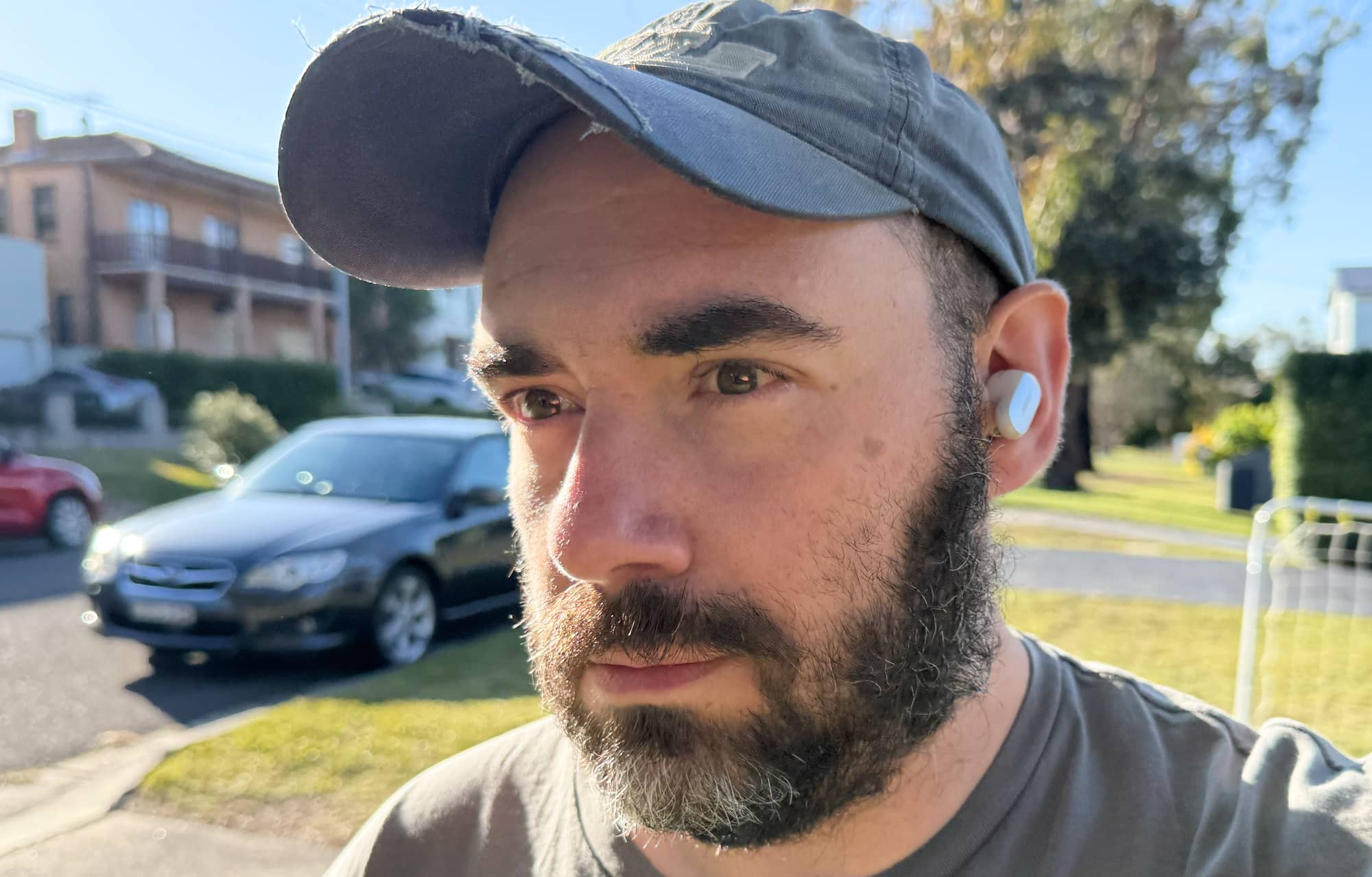
Value
The price has stayed the same, the $449.95 price tag basically telling you the second-gen QC Ultra replaces the first.
While $50 higher than the AirPods Pro, that’s not a bad price, either. The cancellation is better and the sound just as solid, if not more so.
This year’s model is that little bit better, upgrading what was perfection two years ago. You even get wireless charging this time around.
What needs work?
Little has changed aesthetically, even though a reasonable amount has changed under the hood.
But what needs work? The design. Or at least the size of the design.
It’s been two years since the Ultra Earbuds 2nd-gen blew our minds, and while Bose has improved the technology again, the design is still relatively sizeable. That goes for both the earbuds and the case, neither of which are particularly minute.
The QC Ultra Earbuds 2 are still pocketable, but manage to feel larger thanks to the elongated case size, which is more like a large mints box than a pair of compact earbuds.
Even the earphones feel like they could have been made smaller.
We’re not against the size at all — they’re fine — but to have no design changes in the space of two years feels a little weird.
Everything changes in that time. To have Bose keep things as they are is just a surprise, especially when nearly every maker is delivering smaller earphone sizes.

What we love
While very little has changed in the design, that’s actually not a major issue, because the Bose QC Ultra 2 are stellar.
Chuck these earbuds in your ears and the sound of the outside world fades away, leaving you to your thoughts and your sound. Even noises that noise cancellation typically struggles with start to disappear, with the ANC just excellent.
The original Bose QuietComfort Ultra buds scored a best pick back in 2023, and up until this new model, they were a pair we regularly turned to when using and reviewing phones.
Now that the second-gen is around, these will clearly take their place.
Not much needed to change. We love just how damn good these earbuds are.
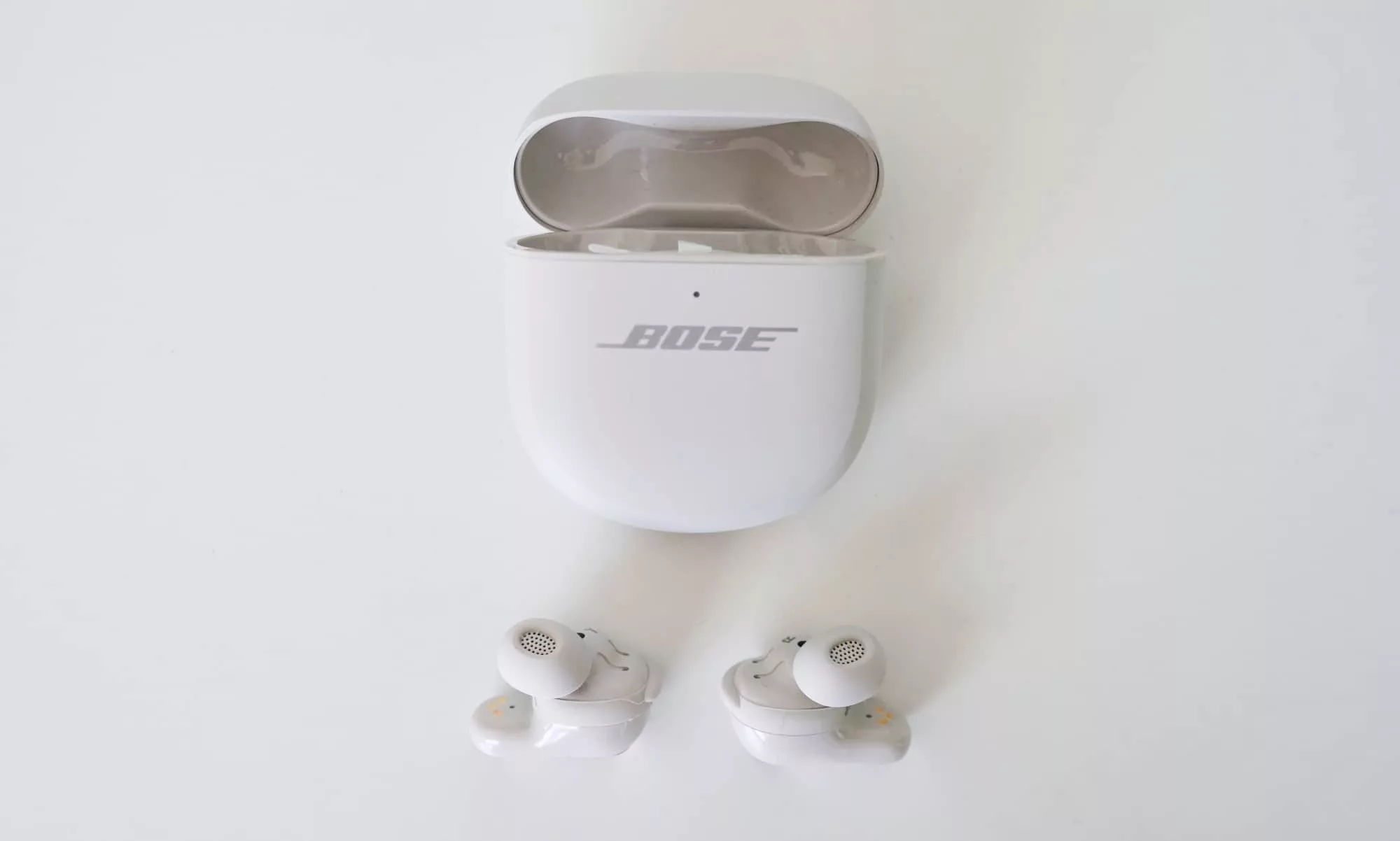
Bose QuietComfort Ultra Earbuds 2nd-gen vs the competition
Compared to what’s out there, Bose offers a pretty compelling package, too. The noise cancellation is arguably the best in the business for earbuds, the sound is top notch, and while the design hasn’t changed, it’s still a comfy pair of premium earbuds.
Most of what Bose is competing with is due for an update this year, though. Both the sound and cancellation are up there competing hard against the Sony WF-1000XM5 and the Apple AirPods Pro 2nd-gen, but both will likely see new models in 2025.
The QC Ultra 2 are also technically competing with the original pair, the 2023 QC Ultra Earbuds Gen 1, though there isn’t much reason to upgrade if you have the old models. These are a little better, but still very much the same.
If you can find the original QC Ultra for a bargain, grab them. But if they’re not far from the $450 asking price of the second-gen model, stick with this bunch.
You can also find the Technics AZ100, an absolutely stellar pair of truly wireless noise cancelling earphones that deliver great noise cancellation and superb sound, but beat Bose on battery life, achieving 28 all up with up to 10 in a single use.
Bose isn’t quite in the same place as Technics for battery life, but the cancellation is that little bit better. Both offer great sound, but right now, we’d give Bose the edge. Of course that could change by the time the AirPods Pro 3rd-gen and Sony WF-1000XM6 arrive, likely later this year. This is an evolving area, clearly.
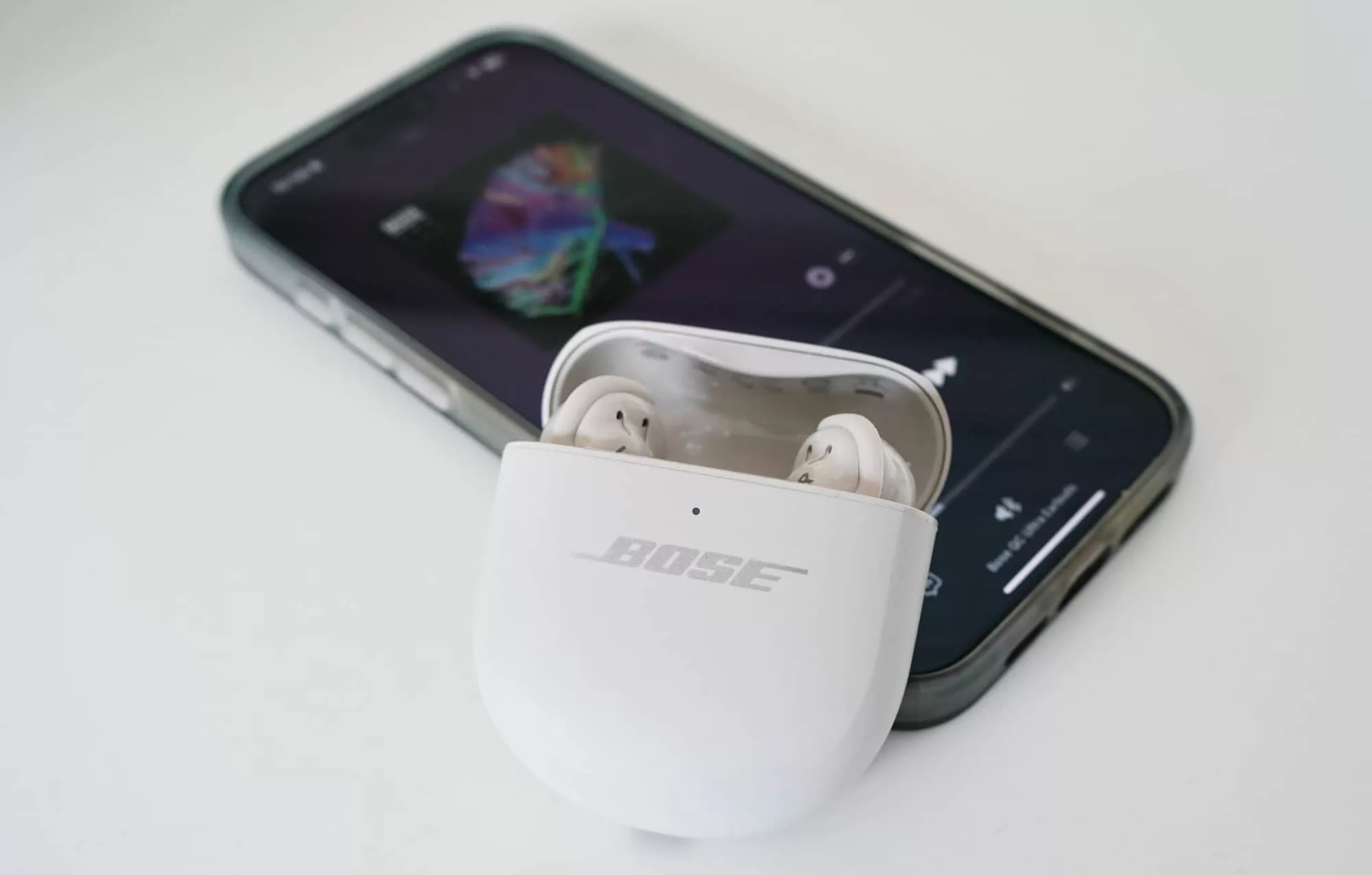
Final thoughts (TLDR)
The changes may seem small, but these buds are still among the best you’ll find. The cancellation is excellent and the audio easy to fall under the spell of.
If there’s one way to describe the 2nd-gen Bose QC Ultra Earbuds, it’s this: minor improves, masterful sound. It makes all the difference.
They’re still the best. Highly recommended.
